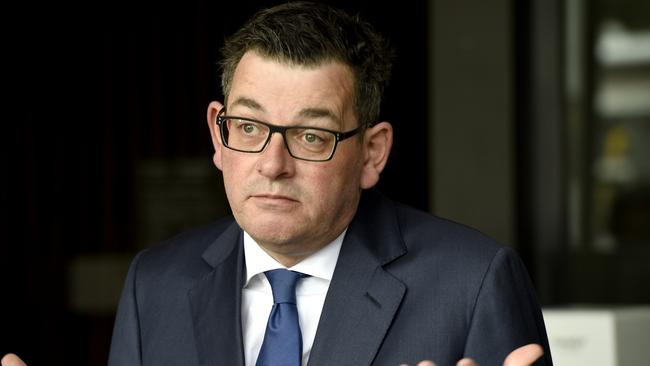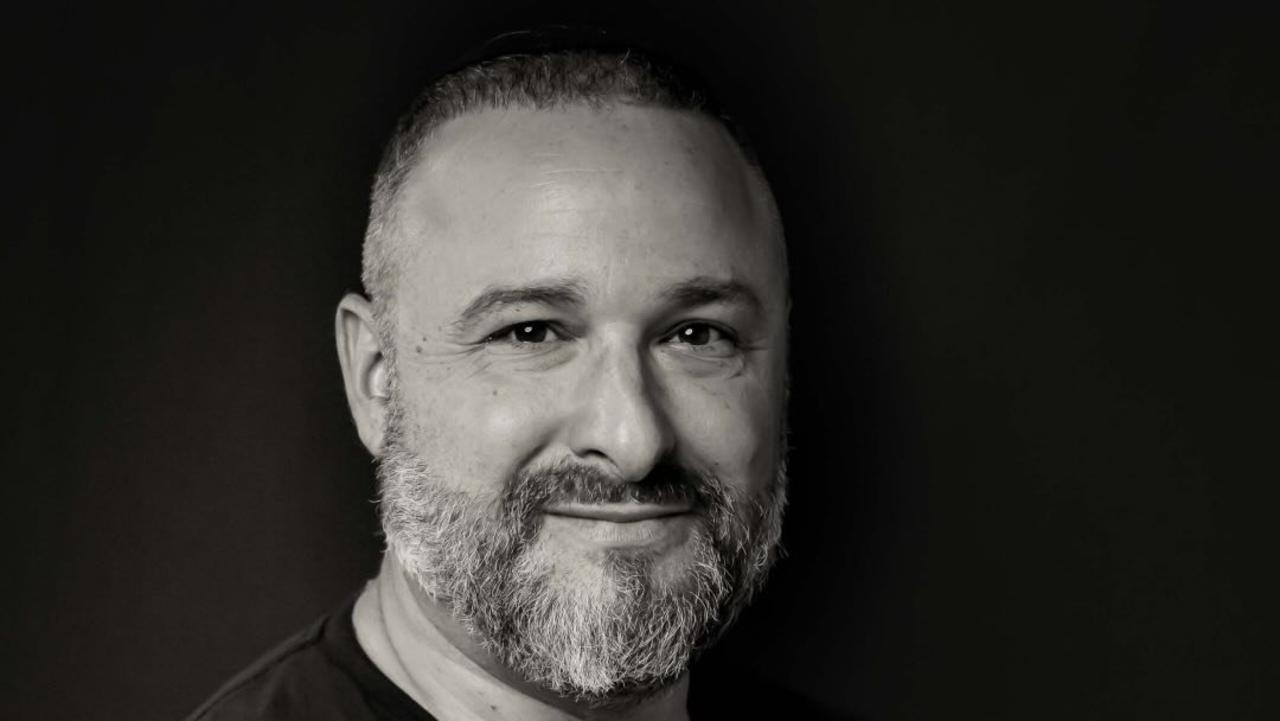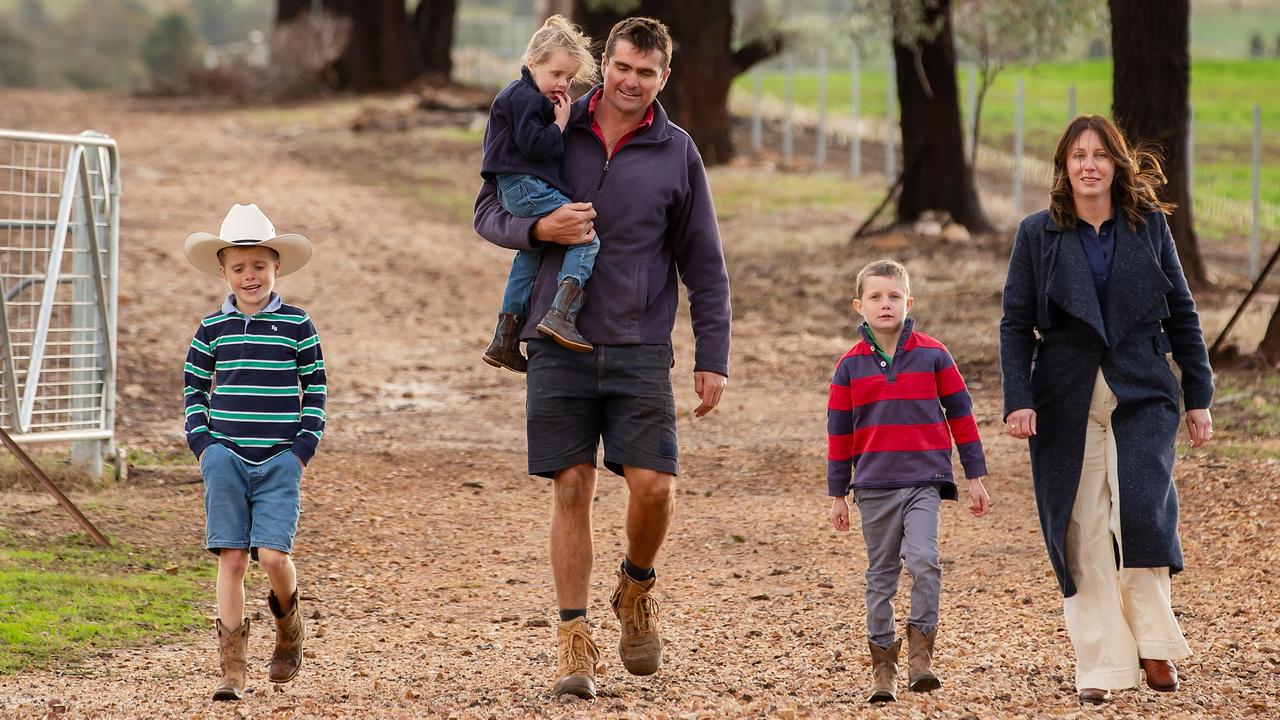Public service wages bill soars past $35bn under Andrews
Victoria’s state public service wage bill has ballooned at more than three times the wage price index since the Andrews government came to power.

Victoria’s state public service wage bill has ballooned at more than three times the wage price index since the Andrews government came to power.
At the same time, the number of state public servants has increased at almost double the rate of population growth.
The Weekend Australian’s analysis of Australian Bureau of Statistics figures in the seven years to June 2021 comes as Victorians prepare to go to the polls on November 26 – little more than 100 days away.
As the Andrews government seeks a third term, the statistics highlight the extent to which massive expenditure has been baked into the state budget at a time when debt and deficit are escalating.
By mid-2026 Victoria’s net debt is set to reach $167.5bn – or 26.5 per cent of gross state product – billions above that of any other state including NSW, which is forecast to hit $114.8bn, or 13.7 per cent of gross state product, in 2025-26.
While Treasurer Tim Pallas’s May budget predicted Victoria would achieve a $650m operating surplus in 2025-26, he has forecast billions of dollars worth of deficits in the interim: $17.6bn in 2021-22, $7.9bn in 2022-23, $3.3bn in 2023-24 and $1.1bn in 2024-25.
The Weekend Australian’s new analysis found that the number of state public servants in Victoria increased by 19.93 per cent and the state public service wages bill by 56.11 per cent between June 2014 and June 2021, massively outstripping population growth of 11.08 per cent and national wage growth of 16.8 per cent.
Average expenditure on wages and salaries per employee increased by 30.17 per cent, from $68,219 in 2014 to $88,801 in 2021.
The Victorian blowout compares with NSW over the same period, where the state public service headcount increased by 5.49 per cent and the wages bill by 24.17 per cent, amid population growth of 7.80 per cent.
While average expenditure on wages and salaries per employee was higher in NSW than Victoria in 2014, at $72,715, it was slightly lower than Victoria by 2021, at $85,588.
Spending per public servant in NSW and Victoria was dwarfed by Queensland, however, which spent $105,525 per head in 2021, up from $74,060 in 2014.
As of 2021, there were 66,400 more state public servants in Victoria than when Daniel Andrews won government in 2014, for a total of 399,600, or 6.1 per cent of the state population and 11.6 per cent of employed Victorians.

When commonwealth and local government public servants are added, the number tops half a million, at 501,000, or 7.65 per cent of Victorians, and 14.5 per cent of those with a job.
The 6.1 per cent of the Victorian population working as state public servants in 2021 compares with an identical 6.1 per cent in NSW, but the trends in each state are the opposite.
Victoria’s public service has steadily increased from 5.65 per cent of the population in 2013-14, while in NSW the proportion has decreased slightly from 6.26 per cent.
Victoria’s public service wages and salaries bill was $35.48bn in 2020-21 – $12.75bn more than in 2013-14.
Growth in average expenditure on wages and salaries per state public service employee has outstripped the wage price index during every year of the Andrews government.
The smallest discrepancy was in 2014-15, when the average spend per head grew 2.31 per cent compared with a WPI of 2.1 per cent.
The largest difference was in the pandemic year of 2019-2020, when the average spend per state public servant grew 7.30 per cent, compared with a WPI of 1.8 per cent.
In 2017-18, well before the pandemic, the average increase per public servant was 4.86 per cent – more than double WPI of 2.1 per cent.

Victorian opposition Treasury spokesman David Davis said Labor had presided over a surge in the number of executives in the public service, from 647 in 2013-14 to 1759 in 2020-21.
“Executives now comprise 3 per cent of the public service, up from 1.8 per cent in 2014,” Mr Davis said.
“These are highly paid fat cats, not doctors, nurses, teachers or police.”
Victorian Auditor-General Andrew Greaves warned last year that much of the escalation in the state’s public service wages bill was not related to the pandemic.
“The underlying issues with the growth in employee and other costs that existed before the pandemic remain,” Mr Greaves found in his November 2021 economic report.
A spokesman for the Andrews government said it made “no apology” for employing doctors, nurses, ambulance officers, police officers and teachers “to best serve the needs of Victorians”.
“In the last two years alone we’ve employed an extra 8500 staff to support our health system – with that number growing every day,” the spokesman said.
Government figures show that between 2014 and 2021 there was a 43.9 per cent increase in doctors in the public system, a 26.6 per cent increase in nurses, and a total increase of 27.6 per cent in healthcare workers.







To join the conversation, please log in. Don't have an account? Register
Join the conversation, you are commenting as Logout